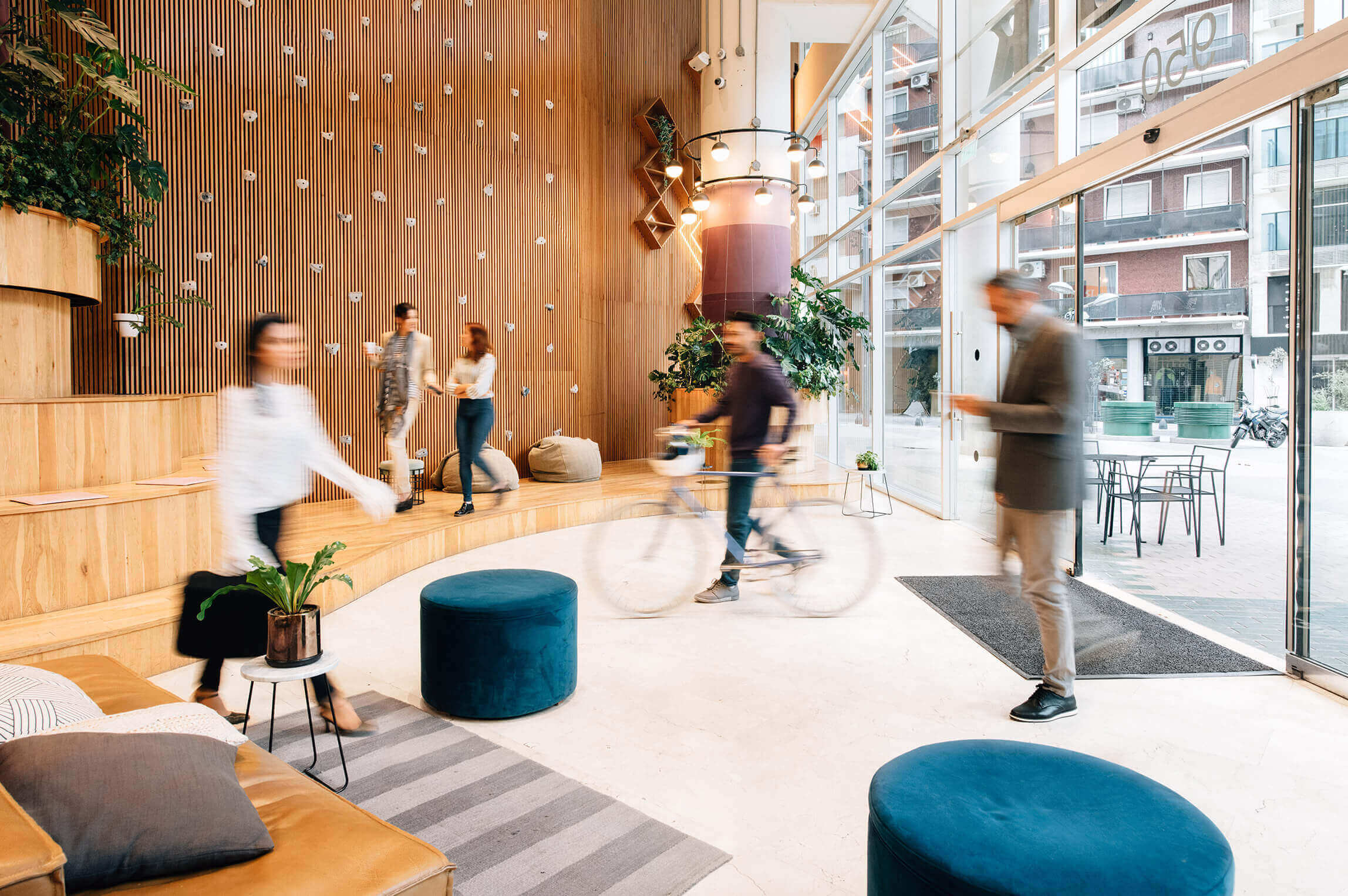IoT solutions can enable businesses to create an eco-sustainable environment and reach net zero by 2050 by helping them to conserve energy and utilise natural resources for power.
For instance, IoT energy harvesting sensors can use naturally occurring resources such as radio waves or light for power. As a result, no batteries or energy supply is required. Without cables and switches, less manpower is required which in turn results in less need for transport.
In fact, according to the World Economic Forum report, so-called smart energy would enable greater efficiency, reduce the kW price and increase the use of renewable energy in the mix of energy sources, potentially leading to over 1.3 trillion MWh of energy savings from now until 2030.





